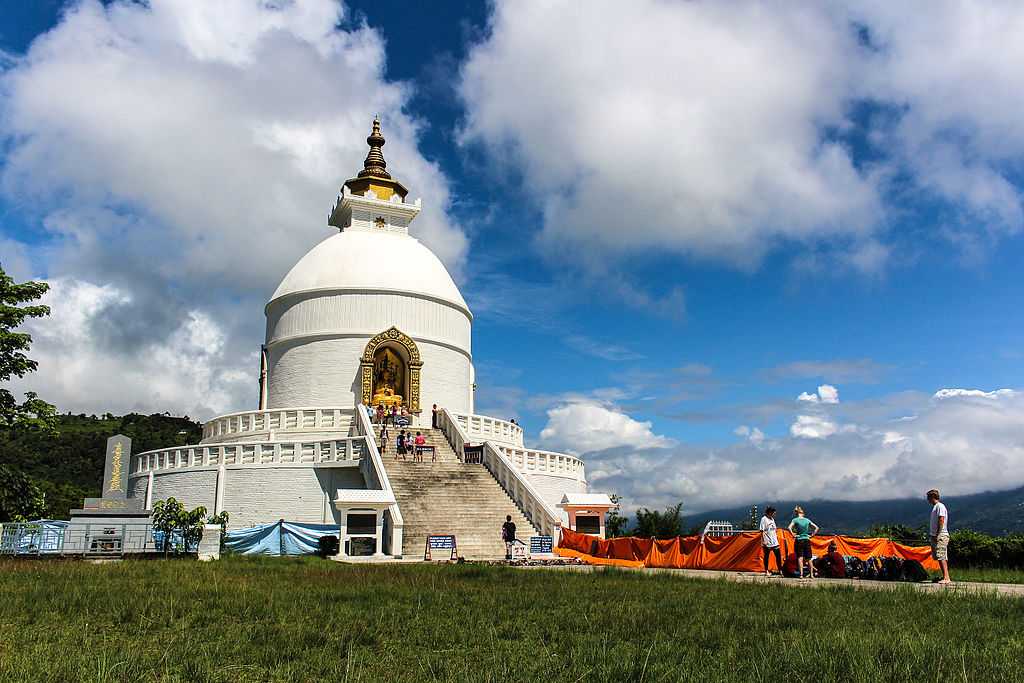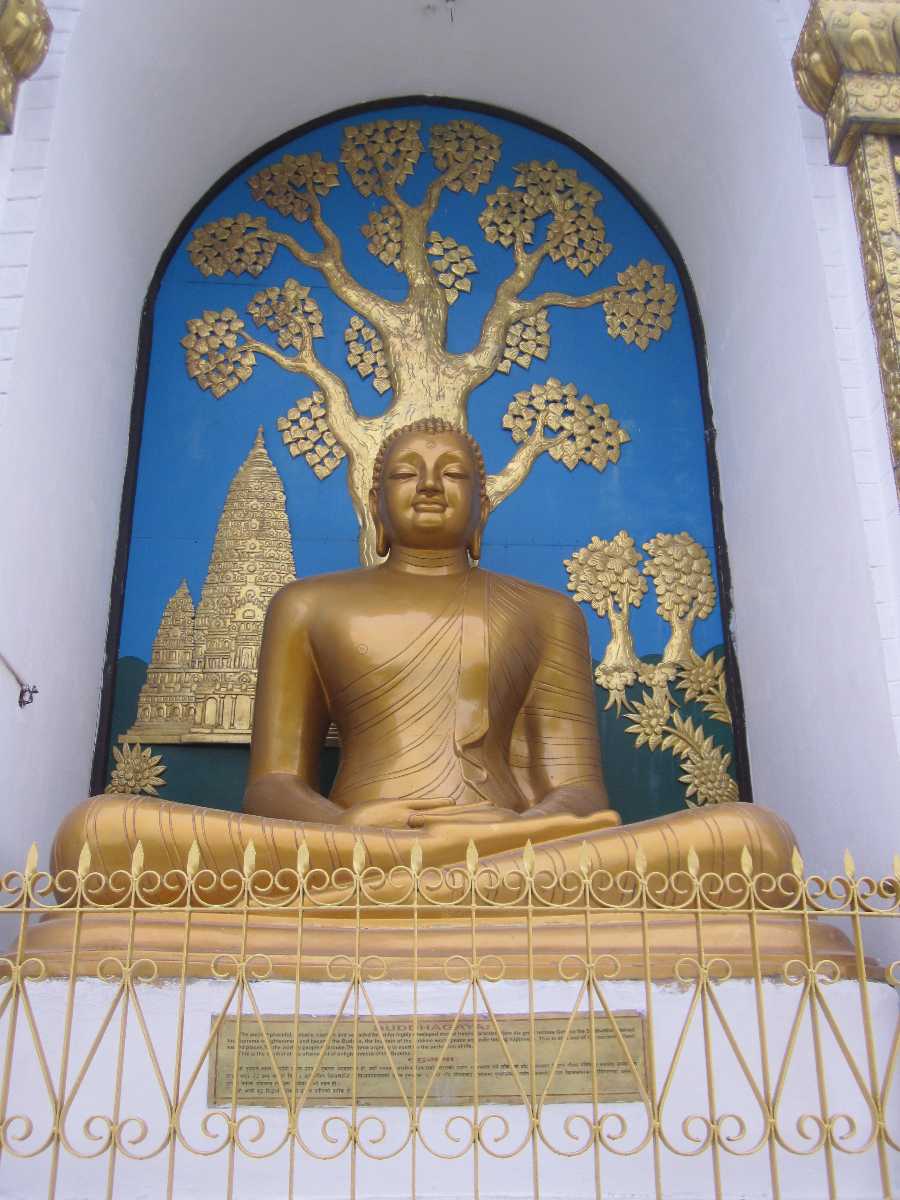World Peace Pagoda , Lumbini
Label : Top Attraction
Tags : Temple
Timings : 8:00 AM - 8:00 PM every day
Entry Fee : No entry fee
Ways to Experience this attraction
Shanti Stupa, Pokhara Overview
Shanti Stupa in Pokhara, also called Peace Pagoda, is a stunning monument located on the Anadu Hill overlooking the mesmerizing Phewa Lake with the charming Annapurna Mountain range in the backdrop. One can either cycle through one of the tracks that lead to the top of the hill, take the road to the Stupa, or enjoy a drive through the scenic location.
The surroundings have several trekking trails to cross to Phewa Lake and explore the Himalayas. It is a popular tourist attraction, striking landmark, or pleasant pit stop for intrepid climbers. The picturesque beauty is quite captivating, and the tranquil vibe of the monument is worth a visit for those seeking it.
Read More on Shanti Stupa
Construction of Shanti Stupa
The pristine white coloured monument is a classic example of the traditional pagoda style of architecture. The striking colour helps in spotting the pagoda from metres away. This is the first peace pagoda in Nepal and was built by a Nipponzan Myohoji monk named Morioko Sonin. The spectacular symbol of peace is the 71st peace pagoda in the world standing 115 feet tall and having a diameter of 344 feet.

Visitors need to climb a flight of stairs to reach the top of the striking monument. There are two tiers to the structure with separate passages to circumambulate. It houses relics and four striking statues of Lord Buddha that represent significant events in his life. These statues were received as souvenirs from different countries that joined hands in the mission of promoting peace in the world.
Statues of Gautama Buddha

The four striking statues of Gautama Buddha representing important milestones in Lord Buddha's life are installed on the second tier of Shanti Stupa. These four figures gifted by four countries include the 'Dharmachakra Mudra' which was gifted by Japan, 'Kushinagar' from Thailand, 'Bodh Gaya' from Sri Lanka and 'Lumbini' from Nepal. On the very top of this arrangement is the pinnacle (also called gajur) that holds the crystal stone from Sri Lanka. This stone symbolises grace and intellect. Below the gajur is the Dharmachakra signifying the wheel of life, the teachings of Lord Buddha and Dharma.
A prayer hall called the Dhamma Hall is located near the Shanti Stupa which houses the statues of Lord Buddha and where rituals and poojas are performed on auspicious days by the devotees. One may choose to explore this section of the Pagoda to get a glimpse into the regional culture.
